A postcard of a woman picking babies out of a tree – these are the picture postcards of a hundred years ago
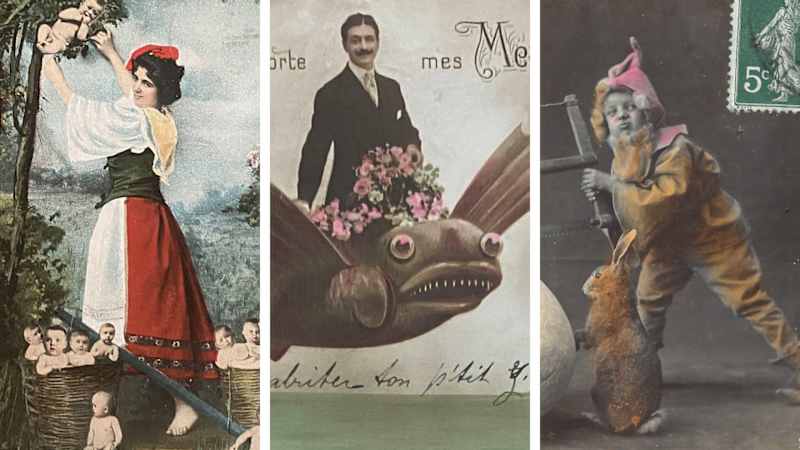
At the turn of the 20th century, postcards were used to spread propaganda, among other things. In this article, we have collected some of the most interesting examples of historical picture postcards.
At the beginning of the 20th century, picture postcards were a real craze: millions of cards were sent in Finland, and they played a big role in social interaction in their time.
A large proportion of Finns were able to find out what the rest of Finland and the world looked like through picture postcards. In newspapers, for example, illustrations were very rare.
Picture postcards were also used to spread news, propaganda and surrealistic messages.
Olavi Hankimo’s world of cards news
The picture postcard could once run a social media post.
The example is the Eiffel Tower postcard from 1889. The attraction of the Paris World Exhibition was one of the earliest postcards.
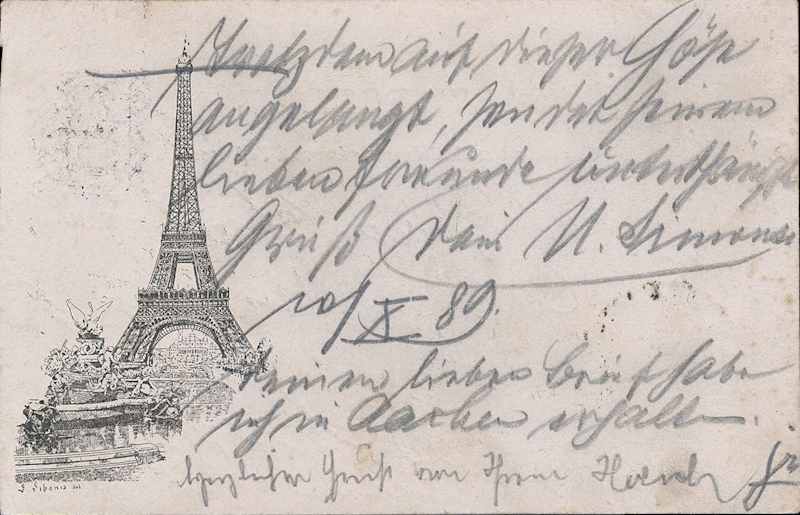
– There was a mailbox on every plateau, and the sender was able to draw a small grip on which plateau he was standing, says collector Hankimo.
In the picture card, the marking is at the highest plateau. It came up with the idea of \u200b\u200ba picture postcard: *I’m here right now. *
Propaganda was also applied with cards.
In the 1901 card from the Runeberg statue, the sky is dark and snow is retracted on the statue. The original picture was taken in the summer.

The card was published in the middle of the first oppression season 1899-1905 and has opposed Russia’s harsh Russianization efforts. The writer of*Our Country*song stands in a cold, dark night.
– These cards are small windows in history, in another world, in the former distant time, says Hankimo.
Postcards were often used to apply the news.
St. Michael’s Church burned in Hamburg in 1906.
– This is photojournalism! says Hankimo.
At that time, mailing the newsletters was meaningful because the mail went quickly. The postcard depicting the fire of the church has arrived in Finland four days after the event.
Cards and pictures were informed of acute distress.
The card from 1903 depicts an exotic dwelling. The importance of the image card remained a puzzle for a long time as a mystery.
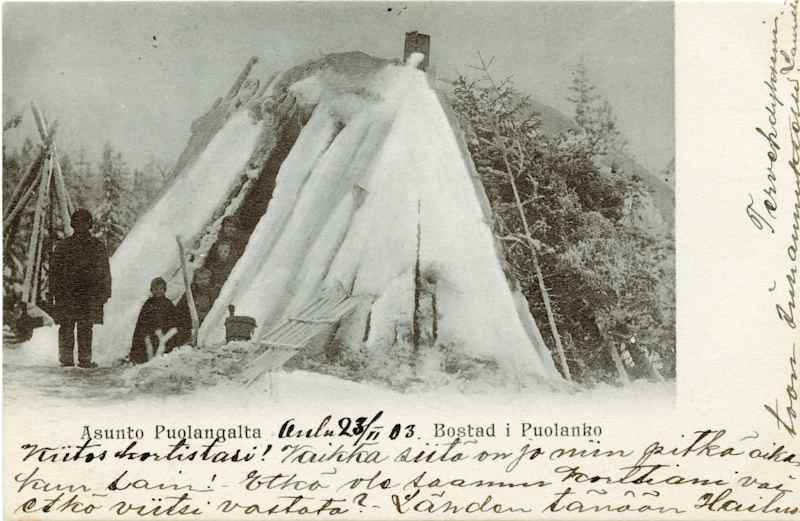
– There was a huge story behind the card, says Hankimo.
Kainuu suffered a severe deficiency from 1902 to 1903, and during the winter people died of starvation. With the help of card images, the American * Christian Herald * magazine gathered a grant to Kainuu in distress.
The surreal world of Harri Kalha’s cards
The greeting from Leipzig from 1907 exaggerates the liberality of the German city: two women and a man on a bottle fly above the city.
Women lift their beer mugs. \”Kippis! Greetings from Leipzig beer city!\” The card says. \”Peterstrasse’s party hump.\”
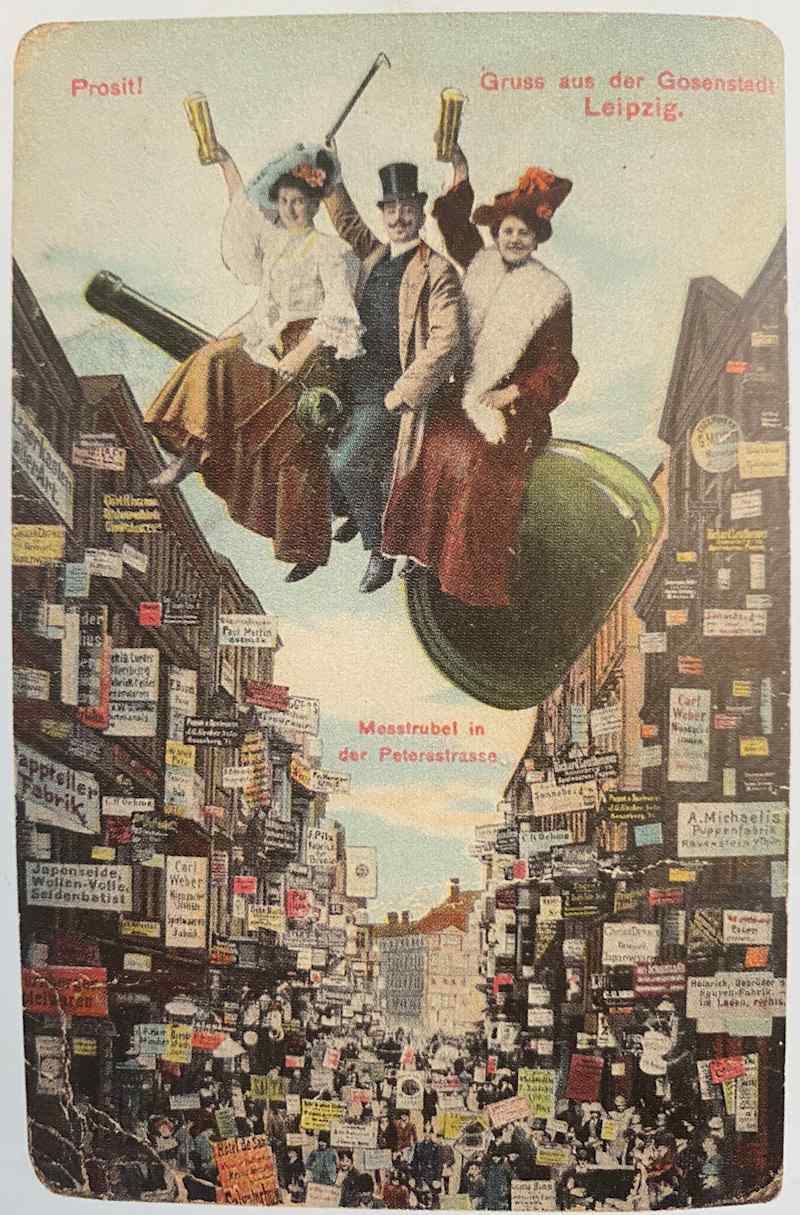
The airplane was just about to come and fell on the imagination.
\”This is a stunning dadain vision of the spectacle that is realized in the urban space,\” Kalha analyzes.
On the Easter card from 1904, two children dressed as elves saw a big egg in half. The picture is staged in the studio and the card is a silver genre cap, which is manually colored.
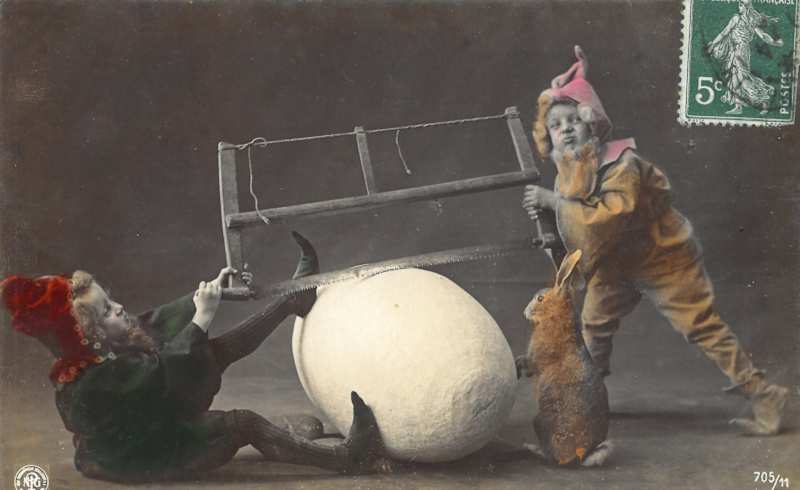
\”There’s no giggling or photomontasia here, but manual coloring makes this special,\” says Kalha.
In the April Day card from 1910, the gentleman flies a fish -shaped small machine above the sea bouquet in his arms. \”A small fishing aircraft brings my best greetings.\”
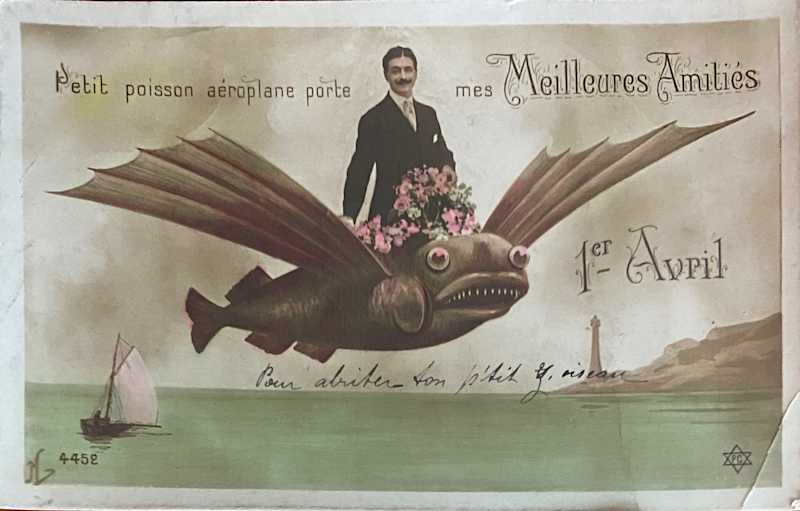
-The holiday produced joyful fish-themed fantasies. The card has a word play: * Poisson d’Avril * means an april, but * Poisson * is literally fish, explains Kalha.
On the card, a flight fantasy combines a fish subject, creating a surreal vision ten years before the emergence of surrealism.
Satirical cards from the editor’s collection
The cards also laughed at the social discussions of the time.
In a three -card series from 1904 to 1907, a young woman collects babies from trees and pours them from one cobble to another. In the end, babies’ heads even grow from cabbage.
The confusing world of cards has a connection to the political aspirations of their time. At the end of the 19th and early 20th century, concerns about the decline in the population in Europe were concerned.
– It was very worried if less than three babies were born in the family. The baby’s number of cards clearly strikes the original societal goals, Kalha says.
Of these and other postcards in the early 20th century in the Section of Kulttuurkkönen *Strange messages of postcards a hundred years ago *.
*Exhibition from Olavi Hankimo’s collections is currently on display**at the Tampere Postal Museum*.*
